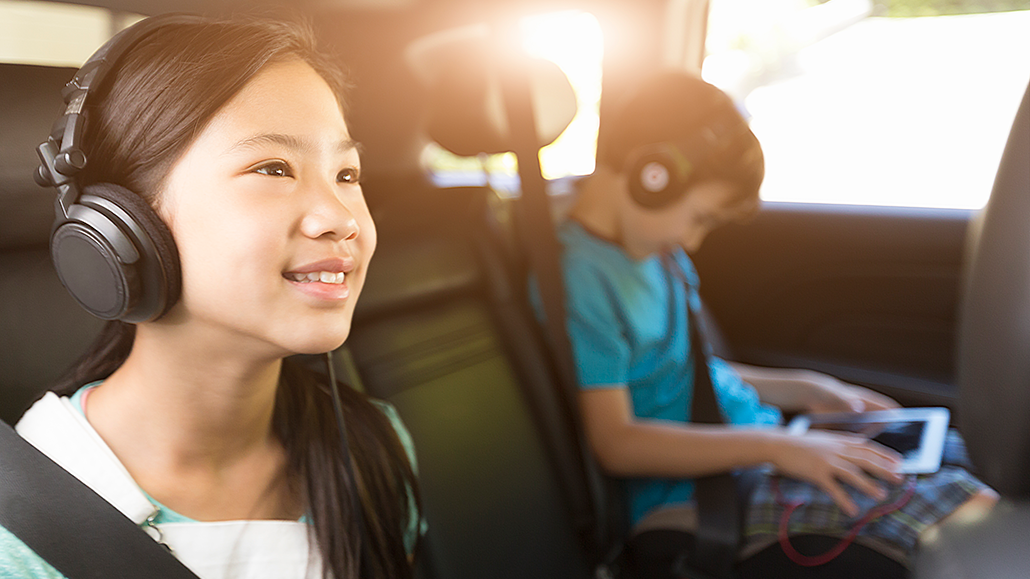Questions for ‘Future cars may offer personal sound zones — no earphones needed’

Today, you wear earphones if you want to listen to music in a car without disturbing others. Someday soon, the car’s headrest may broadcast those tunes so that you can hear them but others in the car won’t have to.
Compassionate Eye Foundation/Steven Errico/DigitalVision/Getty Images Plus